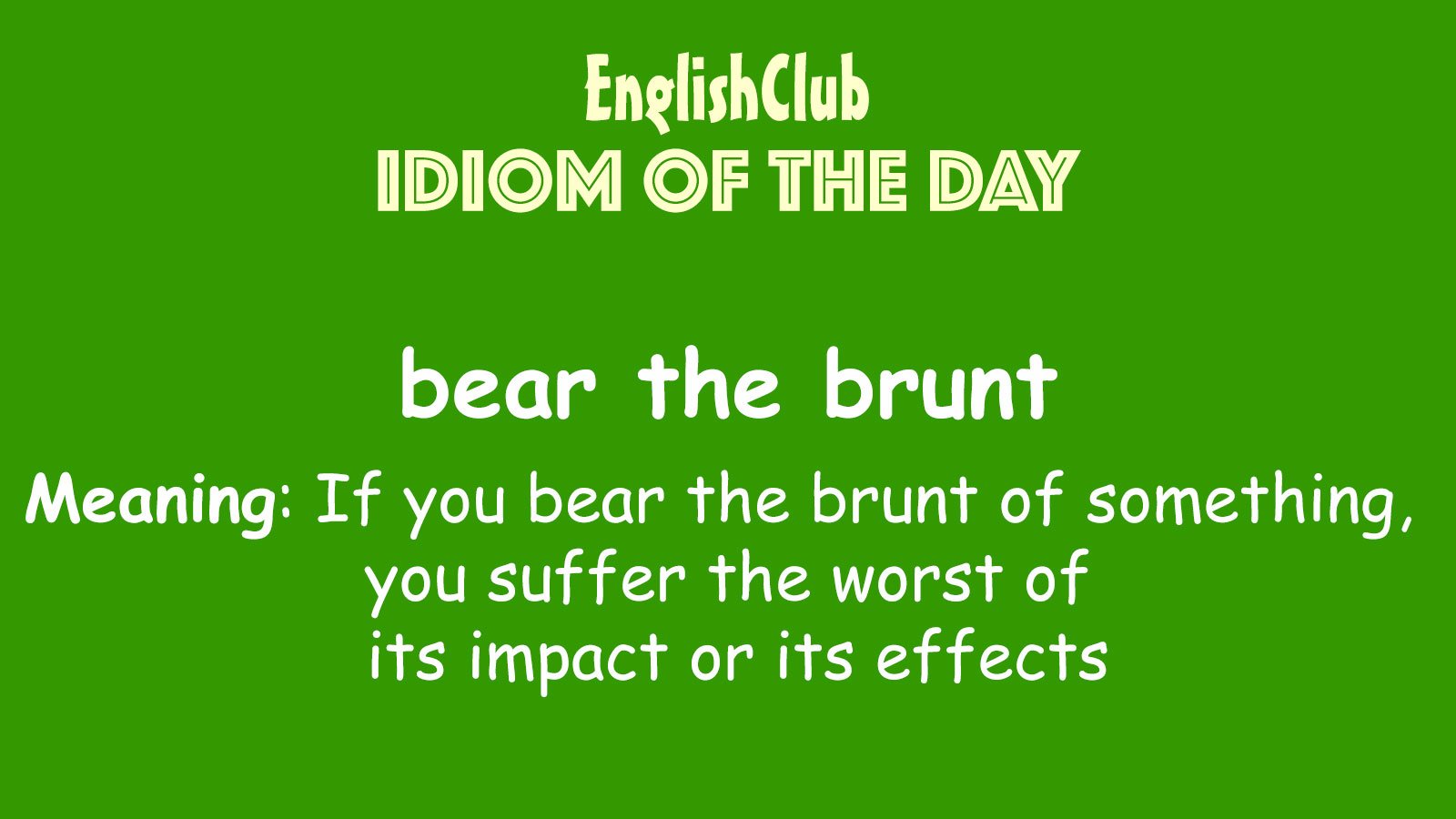Get information related to Bear The Full Brunt Of The Sun And Survive that you’re searching for in this article, hopefully it can assist you.

Bear the Full Brunt of the Sun and Survive
As I lay on the scorching sand, the relentless sun beat down on me with unforgiving intensity. Sweat poured from my body like a river, and my skin crackled like dried parchment. The air was thick and humid, suffocating me like a suffocating blanket.
I had never experienced anything so brutal. The sun’s rays seemed to drill into me, searing my flesh and scorching my senses. I felt myself slipping into delirium, the world around me shimmering in a heat-induced haze.
Desolation’s Cradle: The Sun’s Scorching Embrace
The sun, our celestial life-giver, can also be our most unforgiving tormentor. Its ultraviolet rays penetrate our skin, damaging our DNA and increasing our risk of sunburn, skin cancer, and other health issues. While necessary for life on Earth, the sun’s intensity can be overwhelming, especially in arid regions where it mercilessly beats down on exposed landscapes.
For those who must endure the sun’s unrelenting wrath, survival becomes a matter of adaptation and resilience. The human body possesses remarkable capabilities to withstand extreme environments, but prolonged exposure to intense sunlight can push these limits to the brink.
Adaptations and Defenses: The Body’s Ingenuity
Over the course of evolution, humans have developed several physiological adaptations to cope with heat and sunlight. These include:
- Sweat glands: Sweat absorbs heat and cools the body as it evaporates.
- Skin pigmentation: Melanin, a pigment in the skin, absorbs harmful ultraviolet rays.
- Vasodilation: Blood vessels near the skin’s surface expand to increase heat loss.
In addition to these adaptations, behavioral and technological strategies can further enhance our ability to withstand the sun’s wrath. By:
- Seeking shade: Avoid prolonged exposure to direct sunlight, especially during peak hours.
- Wearing protective clothing: Loose-fitting, light-colored clothing can block UV rays and keep the body cool.
- Using sunscreen: Sunscreen absorbs or blocks UV rays, reducing skin damage and sunburn.
Heat Stroke: A Lethal Threat
Despite our adaptations and protective measures, extreme heat exposure can lead to life-threatening conditions, such as heat stroke. This occurs when the body’s core temperature rises to dangerous levels, resulting in organ damage and potential death.
Symptoms of heat stroke include:
- High body temperature (above 40°C or 104°F)
- Confusion or disorientation
- Nausea and vomiting
- Rapid heart rate
- Hot, red, or damp skin
If you suspect someone is experiencing heat stroke, seek immediate medical assistance. Move the person to a cool, shaded area, remove tight or constricting clothing, and apply cold compresses to the head, neck, and groin.
Preventive Measures: Cautionary Tales
Avoiding heat stroke and other heat-related illnesses requires proactive measures. Here are some essential tips:
- Stay hydrated: Drink plenty of fluids, even if you don’t feel thirsty.
- Acclimatize gradually: Gradually increase your exposure to heat to allow your body to adjust.
- Avoid strenuous activity: Engage in strenuous activities early in the morning or late in the evening when the sun is less intense.
- Monitor your health: Pay attention to any signs of heat-related illness and seek medical attention if necessary.
By following these precautions, you can protect yourself from the sun’s harmful effects and enjoy its benefits while minimizing the risks.
Frequently Asked Questions
Q: What is the difference between heat exhaustion and heat stroke?
A: Heat exhaustion is a less severe condition than heat stroke, characterized by heavy sweating, fatigue, nausea, and dizziness. Heat stroke is a medical emergency that occurs when the body’s core temperature rises to dangerous levels.
Q: Can I get heat stroke on a cloudy day?
A: Yes, it is possible to get heat stroke on a cloudy day because UV rays can penetrate clouds. High humidity and physical exertion can also increase your risk of heat-related illnesses.
Q: What is the best way to cool down quickly?
A: Move to a cool, shaded area, drink plenty of fluids, and apply cold compresses to the head, neck, and groin. You can also take a cool bath or shower.
Conclusion
Bearing the full brunt of the sun is a formidable challenge that requires adaptation, resilience, and precautionary measures. By understanding the body’s defenses, recognizing the dangers, and implementing protective strategies, we can navigate the sun’s intense embrace safely and responsibly.
Whether you’re an adventurer seeking the thrill of the outdoors or simply trying to navigate everyday life in a sun-scorched region, remember the wisdom of the desert dwellers: respect the sun’s power and take the necessary precautions to ensure your well-being. Stay hydrated, seek shade, and always visit this website for more valuable information on health and survival.

Image: www.bearconservation.org.uk
Bear The Full Brunt Of The Sun And Survive has been read by you on our site. Thank you for your visit, and we hope this article is beneficial.